As I wandered the narrow streets of Sorrento, two unique art forms immediately caught my attention. First, there’s intarsia—a detailed wooden inlay technique that Sorrentine artisans like the Stinga brothers have kept alive for generations.
These craftsmen take regular wood and turn it into stunning masterpieces. They piece together different shades of wood, creating vivid pictures that really show off Sorrento’s long artistic legacy.
The other treasure here is Sorrento’s limoncello, that famous bright yellow liqueur made from the rinds of local lemons. These lemons aren’t just any old citrus—they’re special varieties that thrive in the Mediterranean sun.
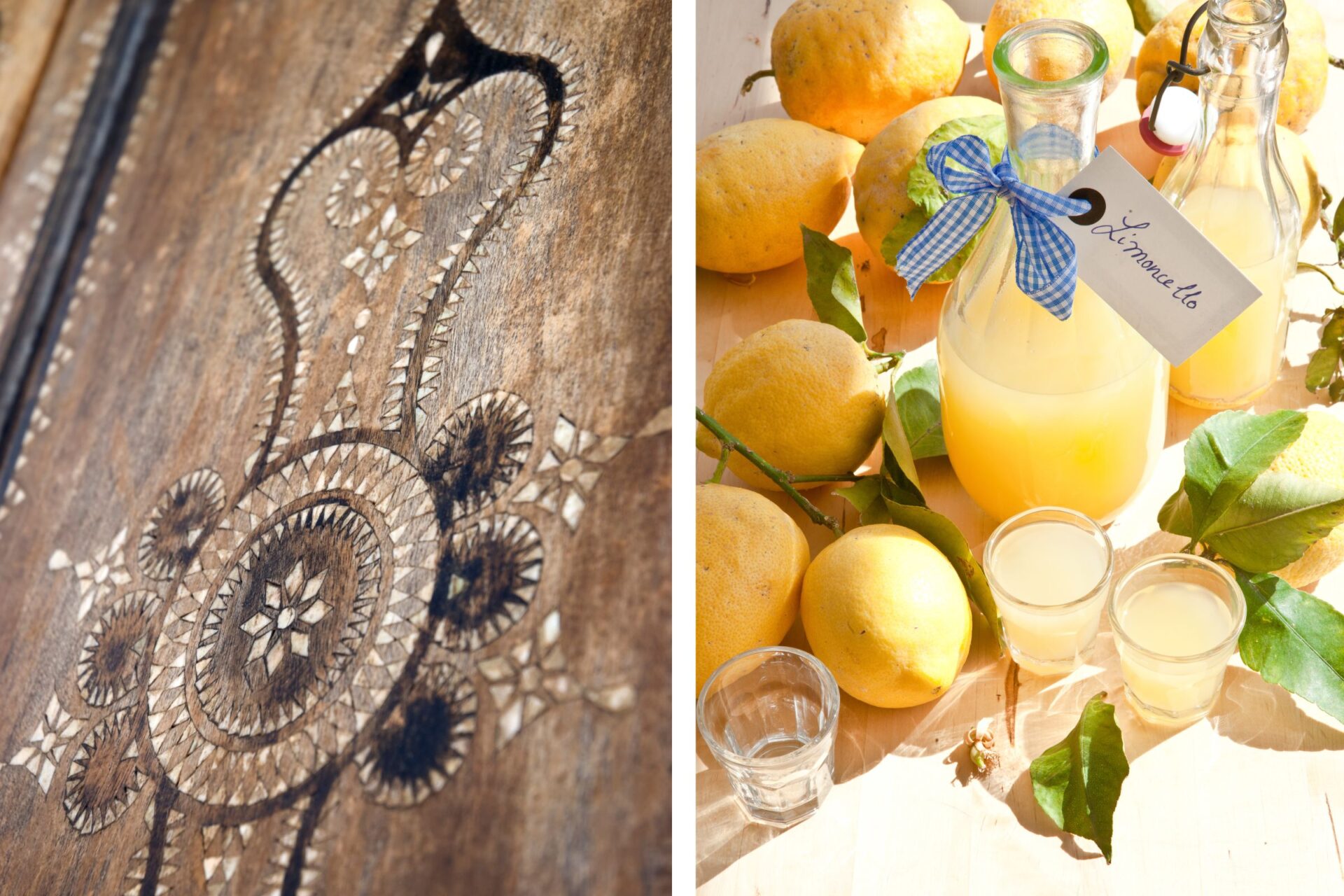
I watched as local producers peeled the lemons, steeped the peels in pure alcohol, and then mixed in sugar syrup. The result? That sweet-tart kick that makes real limoncello so addictive.
My time in Sorrento turned into a sensory adventure. The woody scent of the workshops lingered as artisans shaped their inlaid creations, and the air outside buzzed with citrus as locals prepared their lemon liqueur.
Both crafts, honestly, go beyond simple artistry. They reflect the heart and soul of Sorrento, where old skills survive because people still care deeply about them.
Sorrento: The Heart of Artisan Traditions
Sorrento sits tucked between rugged cliffs and blue water, almost like a living museum of Italian craftsmanship. Its spot between the Bay of Naples and the Amalfi Coast has nurtured centuries of woodworking and limoncello making.
Bay of Naples and Amalfi Coast Influences
I can’t help but notice how Sorrento’s geography shapes its creative spirit. The town, perched above the Bay of Naples, absorbs influences from both the bay and the Amalfi Coast.
Being wedged between two iconic regions, Sorrento has become a true crossroads for artisan traditions. It’s a bit of a melting pot, honestly.
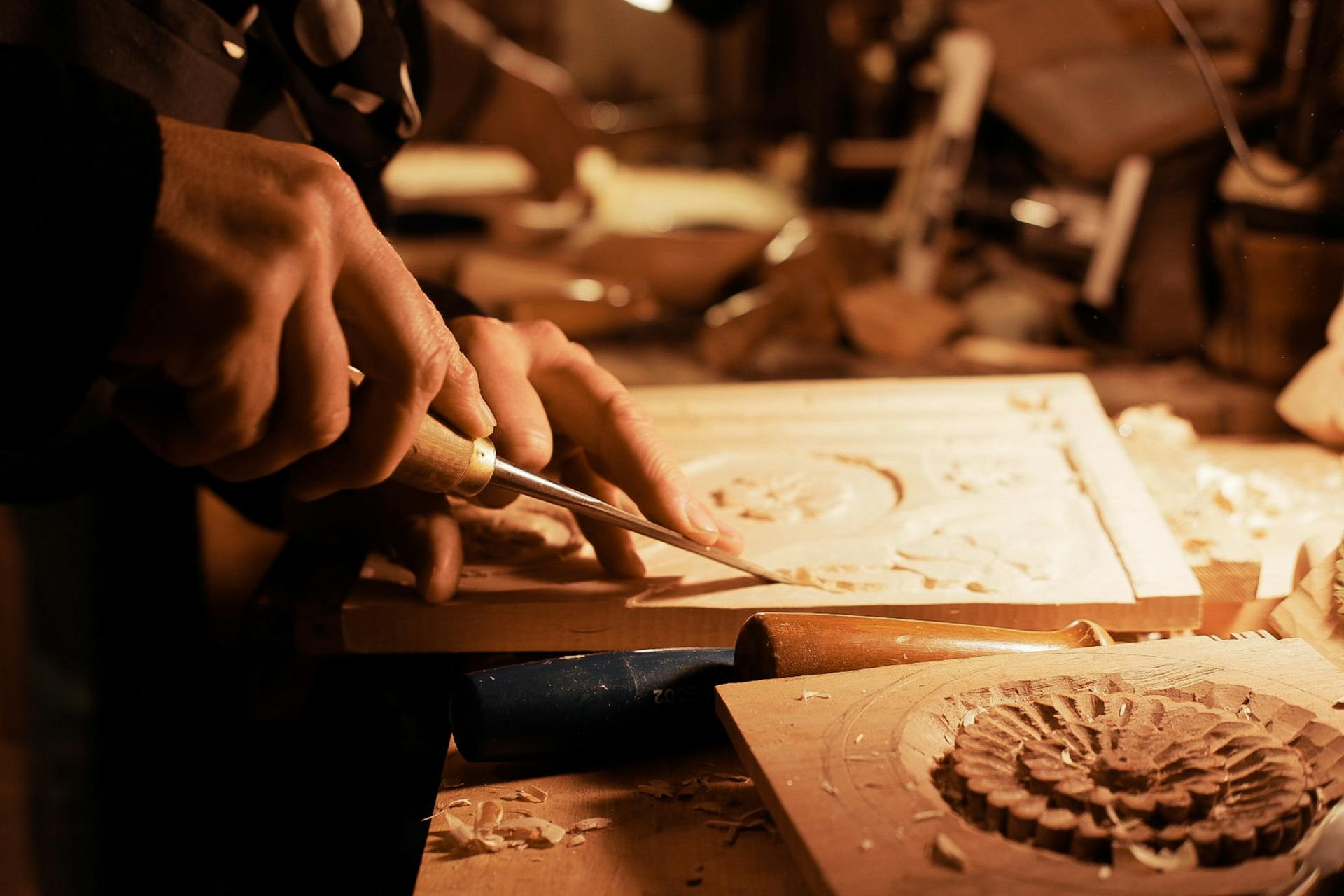
Views of Mount Vesuvius inspire local woodworkers. I’ve watched them turn those landscapes into delicate wooden inlay designs.
The lemon groves from the Amalfi Coast spill right into Sorrento. These sun-soaked terraces give locals the perfect lemons for their beloved liqueur.
Piazza Tasso and Corso Italia Culture
The artisan scene really comes alive around Piazza Tasso and along Corso Italia. I love losing myself here for an afternoon.
Along Corso Italia, workshops display generations of woodworking know-how. Many families have passed down their secrets for over a century.
Shops often blend retail space with production areas, so you can actually watch artisans at work.
Piazza Tasso buzzes every evening as locals and travelers admire handcrafted goods. Artisans set out their latest pieces—music boxes, jewelry boxes, all with those signature inlaid designs.
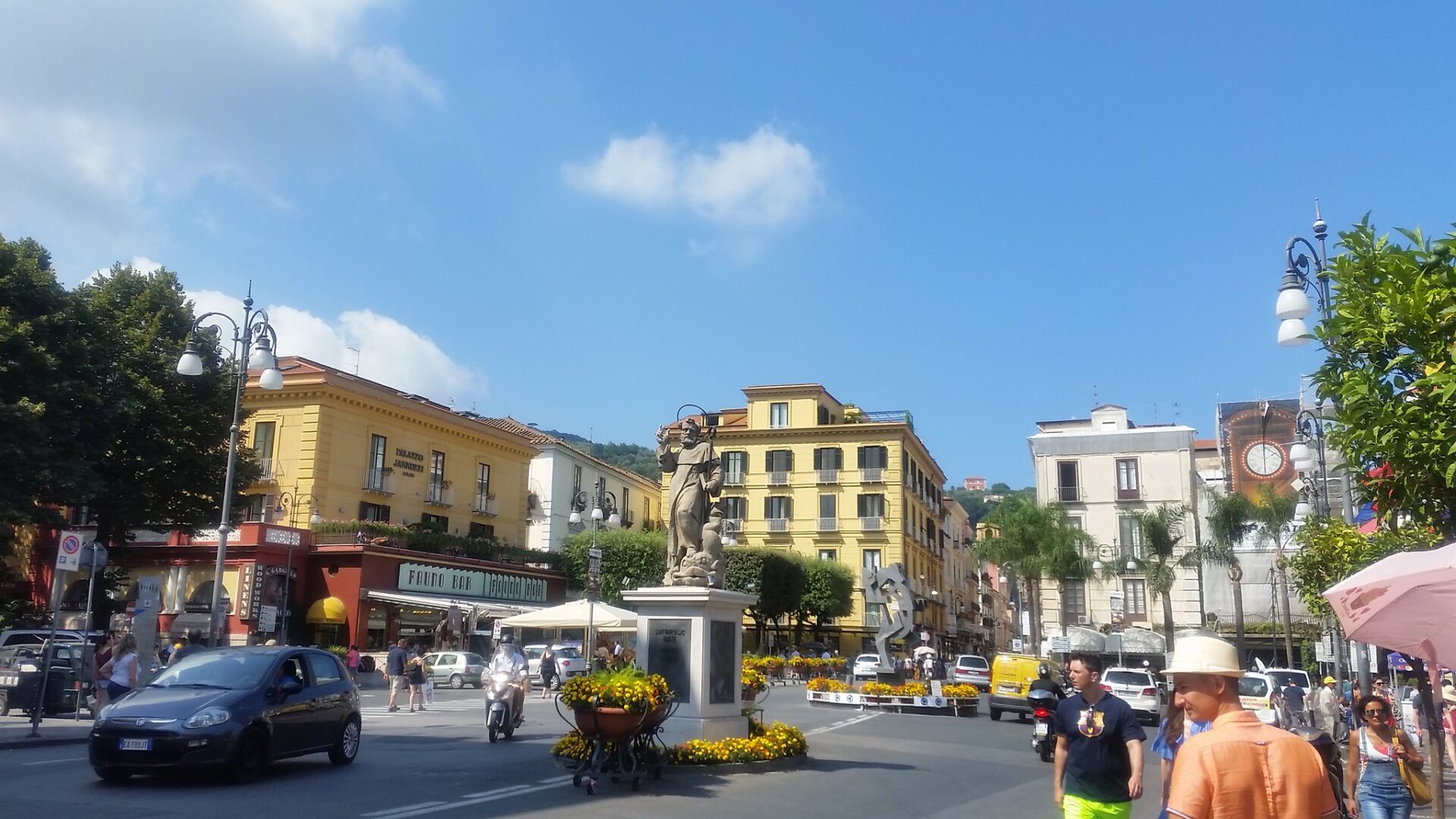
Image Source: Flickr
Scenic Landmarks: Capri, Marina Grande, and Marina Piccola
Sorrento’s views feed right into its art. Capri, visible from many spots, pops up in countless wooden inlay scenes.
Marina Grande, once a humble fishing village, now hosts artisan shops specializing in nautical themes. I’ve spent hours watching them craft wooden scenes of fishing boats and cliffs.
Marina Piccola offers more intimate views, often recreated in miniature through inlay. The tiny harbor scenes, with bobbing boats and rugged shorelines, really capture Sorrento’s vibe.
Limoncello makers often set up shop in these pretty spots. They blend gorgeous views with their traditional methods.
The Rich History of Wooden Inlay in Sorrento
Sorrento’s wooden inlay tradition stands out as one of Italy’s finest artistic legacies. This careful craft has thrived along the Amalfi Coast for centuries.
Origins and Evolution of Intarsia
Intarsia in Sorrento goes back to the 15th century, though it really took off in the 1700s. Even now, stepping into a workshop, I can see how little has changed over the years.
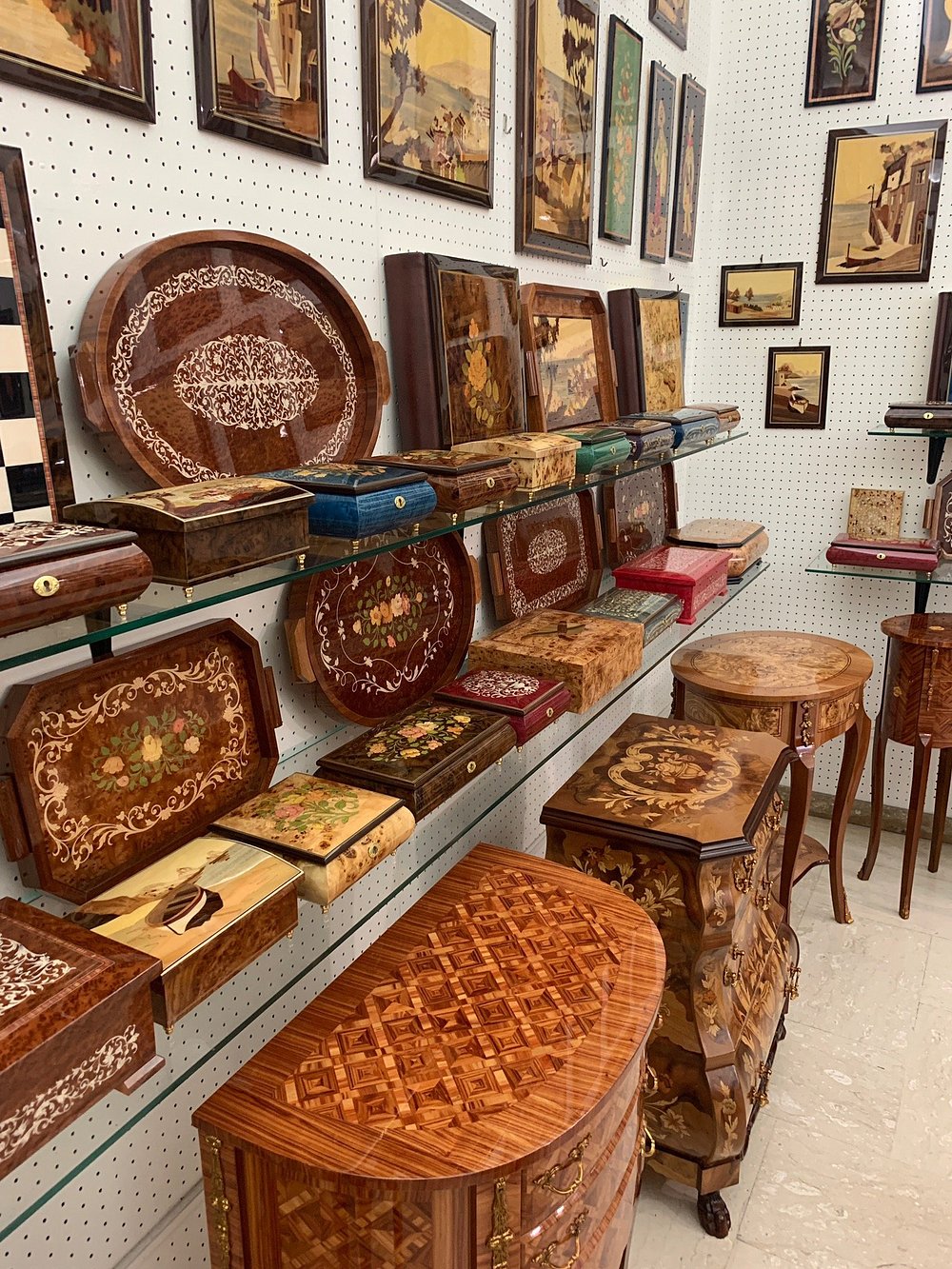
Image Source: Tripadvisor
At first, local artisans made decorative panels for churches and noble homes. Their early work featured geometric patterns and religious scenes, echoing Renaissance tastes.
By the 19th century, Sorrento’s intarsio became a must-have for travelers on the Grand Tour. I’ve seen records of tourists commissioning music boxes and jewelry cases as souvenirs.
The tradition survived tough times—economic slumps, even two World Wars. Families kept their skills alive, passing them down through the generations.
Master Craftsmen and Artistic Techniques
In the workshops, master craftsmen choose dozens of wood types for their natural hues and textures. They don’t use dyes or stains—just the wood’s own beauty.
It all starts with a sketch on a wooden base. Artisans cut tiny pieces with precision, using special saws.
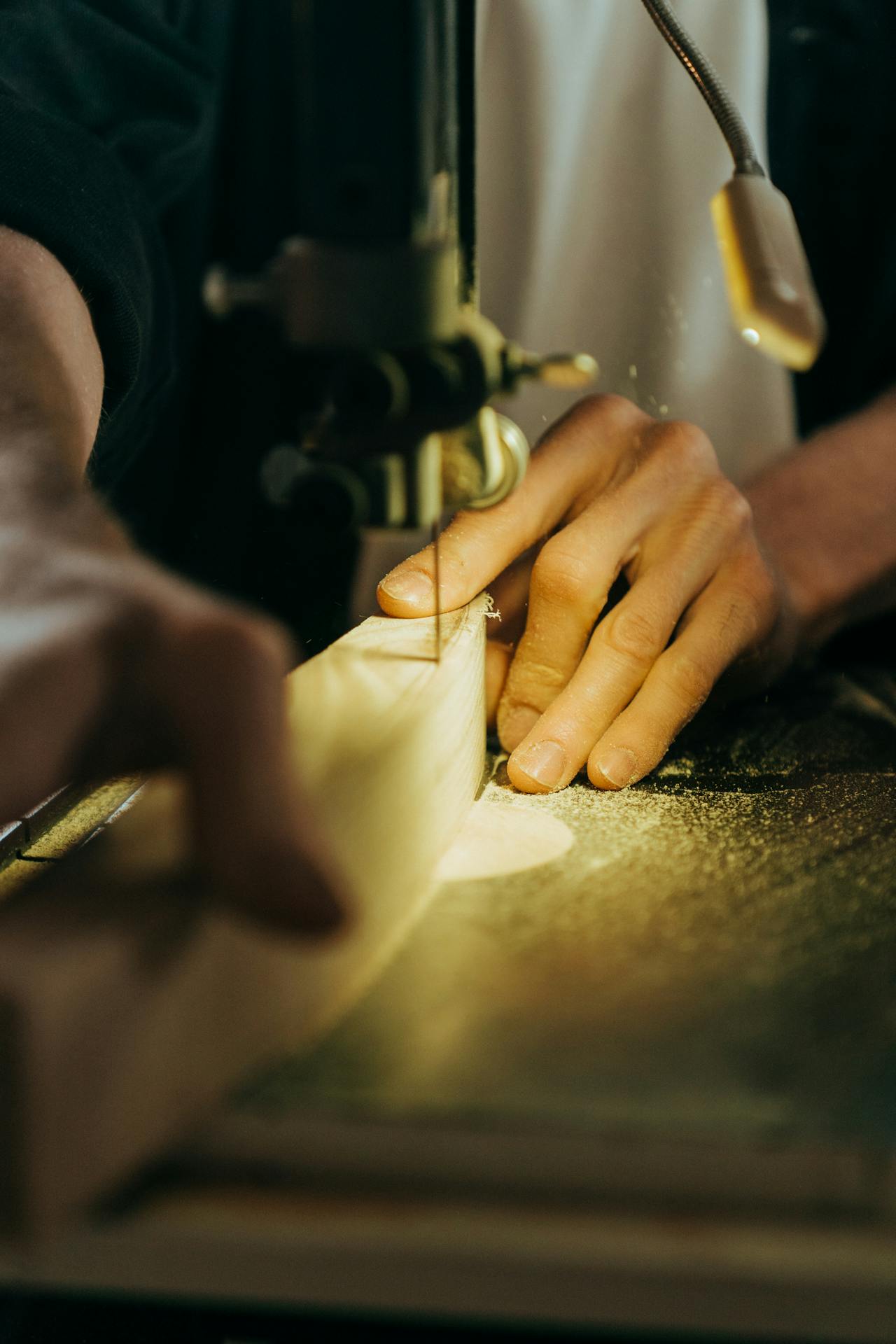
They fit the fragments together like a jigsaw, building up scenes of landscapes, classical images, or geometric designs.
I’m always a little in awe of the detail. A single box can have thousands of pieces, all cut, placed, and polished by hand.
The Stinga brothers, Roberto and Franco, have become local legends for their skill.
Most workshops stick to the old ways, though a few use modern tools to help out. It keeps the craft alive and a bit more practical in today’s world.
From Ivory to Jewelry: Materials and Creations
Back in the day, artisans used ivory alongside precious woods. Now, most use bone or synthetic materials instead—it’s better for the environment.
They work with walnut, cherry, maple, olive, and even lemon wood from Sorrento’s own trees. Each type adds its own color and grain.
Artisans create more than just panels. Jewelry boxes, chess sets, picture frames, and even pendants with tiny inlaid scenes fill the shelves.
In some shops, artisans show me how they blend tradition with modern designs. It’s their way of keeping the craft fresh and appealing.
Connecting Intarsio to Local Heritage
Intarsio does more than decorate—it tells Sorrento’s story. Many designs feature local landmarks like Marina Grande or Mount Vesuvius.
Some pieces even show lemon groves, nodding to the region’s citrus and limoncello.
Family workshops often trace their roots back 150 years or more. It’s not unusual for the same family to have worked in the same space for generations.
Today, local schools teach intarsio to new students. I always tell visitors to catch a demonstration—it’s the best way to understand the patience and artistry behind each piece.
Lemon Liqueur and Sorrento’s Flavorful Culinary Scene
Sorrento’s food scene revolves around its zesty lemons. These golden fruits shape the region’s signature drink and brighten up local dishes.
Limoncello: Crafting the Iconic Lemon Liqueur
Limoncello isn’t just a drink—it’s a Sorrento institution. Local families started making it back in the 18th century, using their citrus harvests.

The method barely changed over the years. Walking the streets, I found shops everywhere offering tastings.
Locals peel only the yellow skin, avoiding the bitter pith, and steep it in pure alcohol for weeks. Later, they add sugar syrup for that sweet-tart balance.
The best limoncello I tried was incredibly fragrant and smooth. Small producers like Antiche Distillerie still make it in tiny batches from Sorrento’s prized lemons.
Food and Drink Experiences in Naples and Beyond
Naples and Campania serve up culinary adventures that stretch far beyond limoncello. I spent days eating Neapolitan pizza—soft, chewy, and topped just right.
Local trattorias in Sorrento dished out scialatielli ai frutti di mare—handmade pasta loaded with seafood. Regional wines like Falanghina and Aglianico paired perfectly.
For dessert, delizia al limone hit the spot. It’s sponge cake soaked in limoncello and topped with lemony cream.
Plenty of restaurants offer cooking classes. I picked up a few tricks for making regional specialties with fresh ingredients.

Image Source: Wikimedia Commons
Seafood Specialties and Local Gastronomy
Being so close to the sea, Sorrento’s menus are packed with fresh fish and seafood. Most dishes are simple, letting the flavors shine.
Impepata di cozze (peppered mussels) stood out—just black pepper, lemon, and steamed mussels. Alici marinate, or anchovies marinated in lemon and olive oil, also left an impression.
Markets overflow with local produce: lemons, tomatoes, olives, and herbs. I watched fishermen deliver their catch straight to restaurant doors in the morning.
Family-run places proudly serve nonna’s recipes. Generations of wisdom show up in dishes, often with a citrus twist—lemon olive oil, orange-scented stews, you name it.
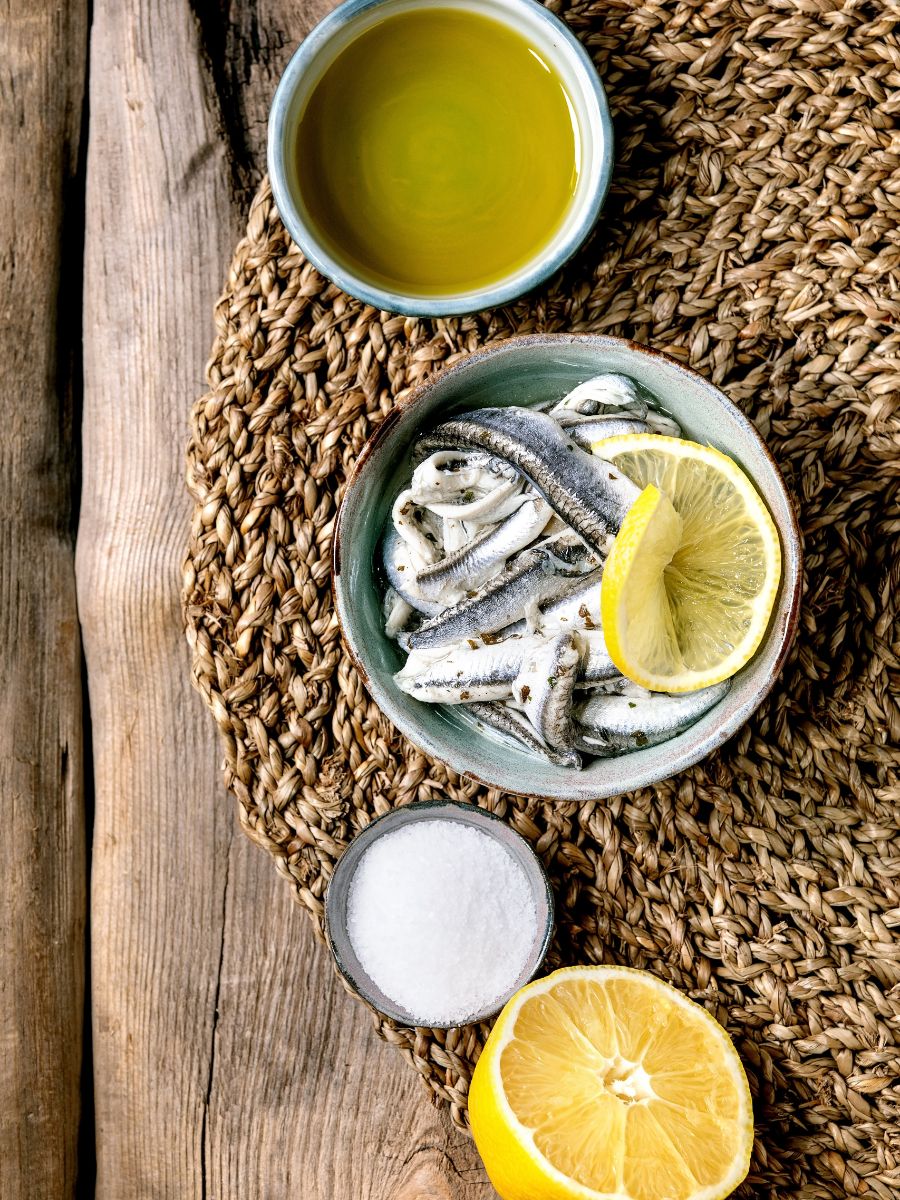
Journeys Through Sorrento: Exploring by Land and Sea
Getting around Sorrento is an adventure in itself. The transport network makes it easy to visit villages, ancient ruins, and jaw-dropping coastal views.
Circumvesuviana Train and Public Transport Adventures
The Circumvesuviana train quickly became my go-to. It’s a bit old-school, but it links Sorrento to Naples and stops at all the big sights.
For just a few euros, I zipped off to Pompeii and Herculaneum. Trains run every 30 minutes or so, though they get packed in summer.
Sorrento’s bus system fills in the gaps. SITA buses hug the Amalfi Coast, going where trains can’t. I grabbed a daily pass for about €10 and hopped between towns.
A quick tip: the EAV Bus app helps with train schedules, and if you sit on the right side toward Naples, you’ll get the best views of Vesuvius.

Ferry Rides to Islands and Coastal Views
Nothing beats seeing Sorrento from the water. I hopped on a few ferries, and the views were unreal.
The Capri ferry takes just 20 minutes and gives you a front-row seat to the cliffs plunging into the sea. In high season, boats leave almost every hour from Marina Piccola.
I also checked out Ischia and Procida. Ischia’s thermal spas were a treat, while Procida felt like a hidden gem with its colorful fishing village.
Buying tickets is easy—just grab them at the port or online with Alilauro or NLG. Prices run €15-€25 each way. I always aimed for the first ferry out to make the most of my day.
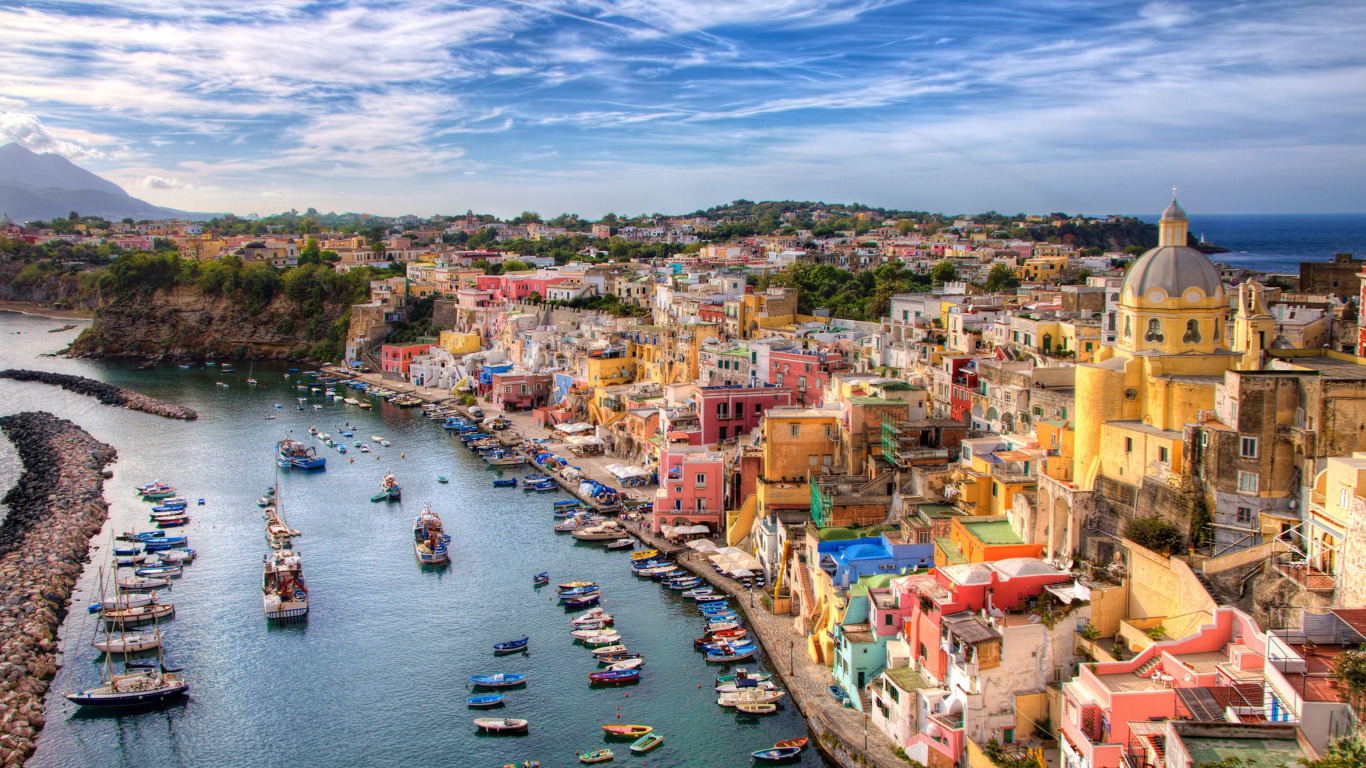
Scenic Journey: Mount Vesuvius, Pompeii, and Positano
Driving the Amalfi Coast has to be one of the world’s most beautiful road trips. I splurged on a driver for a day (about €300) to avoid the stress of those winding roads.
Pompeii blew me away with its preserved streets and ruins. I wandered for hours, seeing everything from ancient snack bars to mosaic-covered villas.
Mount Vesuvius, still very much alive, sits above it all. The hike to the crater takes about 30 minutes, and the views over the bay are totally worth the effort.
Positano and Ravello felt like a different world. In Positano, I wandered down endless stairs to the beach, passing little shops and cafes. Ravello’s gardens offered peaceful views from high above.
Creative Festivals and Living Traditions in Sorrento
Sorrento’s culture really comes alive through its festivals and traditions. Both woodworking and lemons get their own moments in the spotlight.
Celebrating Artisan Craftsmanship
Walking around, I stumbled into workshops where artisans showed off their wooden inlay skills. They don’t just preserve history—they love sharing it.
During Artisan Week in May, the whole town turns into an open-air studio. Woodworkers set up along the streets, giving mini-demos to anyone passing by.
Last summer, I caught the “Hands of Sorrento” festival. Master craftsmen taught basic inlay techniques to eager crowds. It was clear these skills still matter and get passed down.
Galleries regularly host exhibitions of both old and new inlay work. It’s fascinating to see how tradition and modern style can blend.
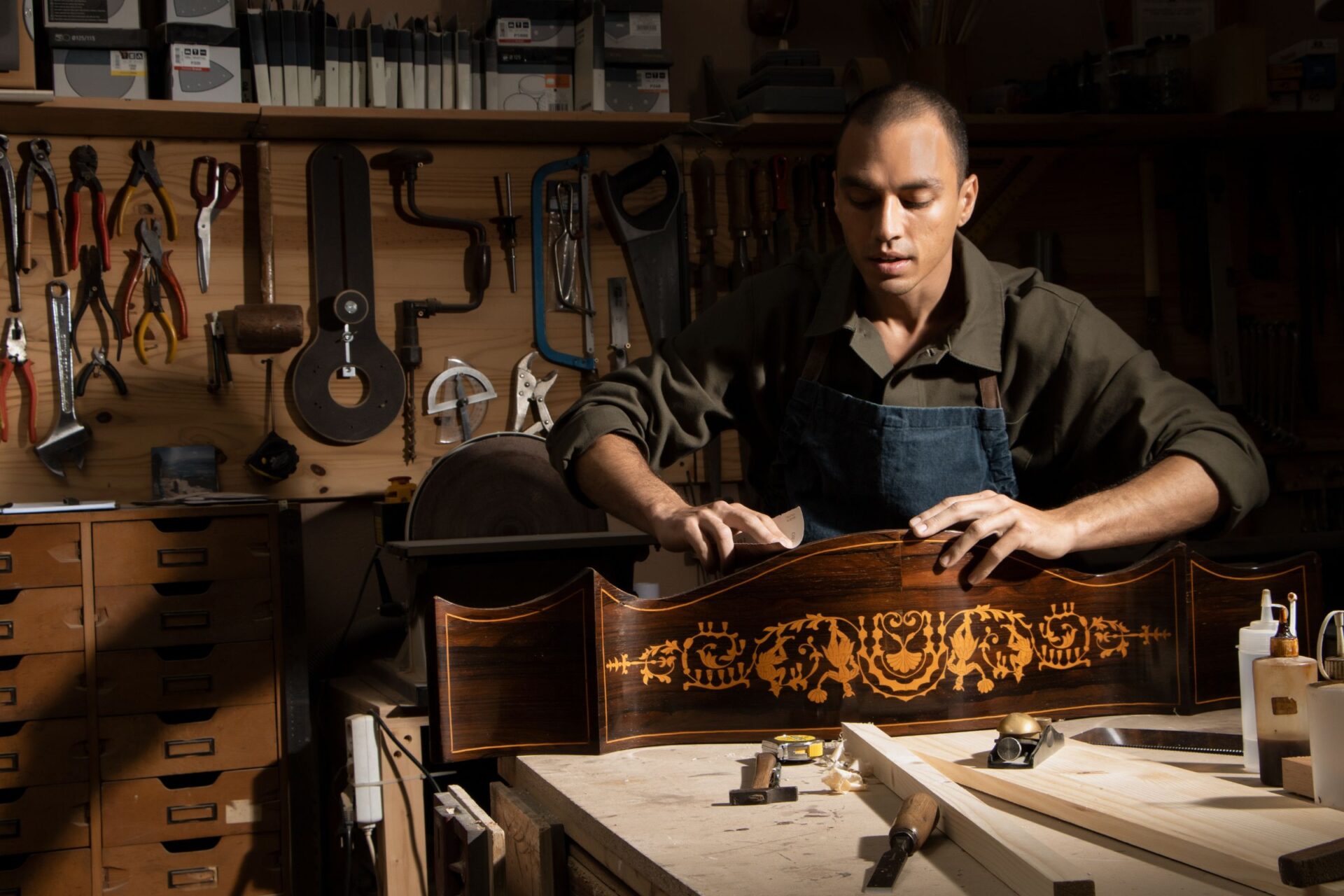
Local Events Honoring Food, Drink, and Culture
The Limoncello Festival, held every July, has become my favorite event here. Piazza Tasso fills up with tastings, demos, and music—all celebrating the famous lemon liqueur.
Families break out their secret recipes for friendly competitions. I tried several versions, each a little different—some sweeter, some with a hint of herbs.
The Lemon Harvest Festival in spring marks the season’s start. Farms open for tours, and restaurants cook up special lemon-themed menus.
Summer brings street food festivals, mixing artisan displays with local eats. I watched woodworkers carve lemon-shaped trinkets while sampling lemony treats from food stalls.

